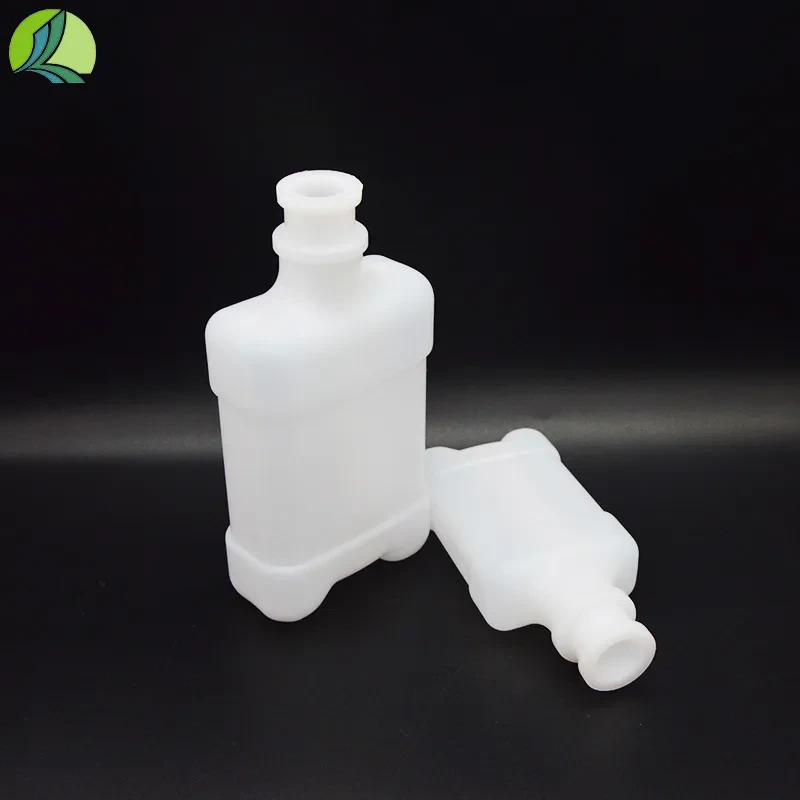
-
 Afrikaans
Afrikaans -
 Albanian
Albanian -
 Amharic
Amharic -
 Arabic
Arabic -
 Armenian
Armenian -
 Azerbaijani
Azerbaijani -
 Basque
Basque -
 Belarusian
Belarusian -
 Bengali
Bengali -
 Bosnian
Bosnian -
 Bulgarian
Bulgarian -
 Catalan
Catalan -
 Cebuano
Cebuano -
 Corsican
Corsican -
 Croatian
Croatian -
 Czech
Czech -
 Danish
Danish -
 Dutch
Dutch -
 English
English -
 Esperanto
Esperanto -
 Estonian
Estonian -
 Finnish
Finnish -
 French
French -
 Frisian
Frisian -
 Galician
Galician -
 Georgian
Georgian -
 German
German -
 Greek
Greek -
 Gujarati
Gujarati -
 Haitian Creole
Haitian Creole -
 hausa
hausa -
 hawaiian
hawaiian -
 Hebrew
Hebrew -
 Hindi
Hindi -
 Miao
Miao -
 Hungarian
Hungarian -
 Icelandic
Icelandic -
 igbo
igbo -
 Indonesian
Indonesian -
 irish
irish -
 Italian
Italian -
 Japanese
Japanese -
 Javanese
Javanese -
 Kannada
Kannada -
 kazakh
kazakh -
 Khmer
Khmer -
 Rwandese
Rwandese -
 Korean
Korean -
 Kurdish
Kurdish -
 Kyrgyz
Kyrgyz -
 Lao
Lao -
 Latin
Latin -
 Latvian
Latvian -
 Lithuanian
Lithuanian -
 Luxembourgish
Luxembourgish -
 Macedonian
Macedonian -
 Malgashi
Malgashi -
 Malay
Malay -
 Malayalam
Malayalam -
 Maltese
Maltese -
 Maori
Maori -
 Marathi
Marathi -
 Mongolian
Mongolian -
 Myanmar
Myanmar -
 Nepali
Nepali -
 Norwegian
Norwegian -
 Norwegian
Norwegian -
 Occitan
Occitan -
 Pashto
Pashto -
 Persian
Persian -
 Polish
Polish -
 Portuguese
Portuguese -
 Punjabi
Punjabi -
 Romanian
Romanian -
 Russian
Russian -
 Samoan
Samoan -
 Scottish Gaelic
Scottish Gaelic -
 Serbian
Serbian -
 Sesotho
Sesotho -
 Shona
Shona -
 Sindhi
Sindhi -
 Sinhala
Sinhala -
 Slovak
Slovak -
 Slovenian
Slovenian -
 Somali
Somali -
 Spanish
Spanish -
 Sundanese
Sundanese -
 Swahili
Swahili -
 Swedish
Swedish -
 Tagalog
Tagalog -
 Tajik
Tajik -
 Tamil
Tamil -
 Tatar
Tatar -
 Telugu
Telugu -
 Thai
Thai -
 Turkish
Turkish -
 Turkmen
Turkmen -
 Ukrainian
Ukrainian -
 Urdu
Urdu -
 Uighur
Uighur -
 Uzbek
Uzbek -
 Vietnamese
Vietnamese -
 Welsh
Welsh -
 Bantu
Bantu -
 Yiddish
Yiddish -
 Yoruba
Yoruba -
 Zulu
Zulu
Creative Ideas for Repurposing Empty Juice Bottles in Fun and Functional Ways
The Impact and Potential of Empty Juice Bottles
In today's world, where sustainability is becoming increasingly critical, the fate of empty juice bottles presents an intriguing focal point for environmental discussion. These seemingly inconsequential objects — often discarded after a refreshing sip — hold significant potential for recycling, repurposing, and even creative expression.
First, let’s explore the environmental implications of juice bottle disposal. Juice bottles, primarily made from plastic, contribute substantially to the growing problem of plastic waste. The global demand for beverages has led to a surge in production, and with that comes the inevitable outcome of empty bottles cluttering landfills and polluting ecosystems. According to various studies, millions of plastic bottles end up in landfills and oceans each day, adding to the already monumental challenge of plastic pollution. However, the issue of empty juice bottles does not dwell solely in their disposal; it extends into the potential for recycling.
Recycling initiatives have gained momentum in many countries, with numerous programs designed to incentivize the proper disposal of plastic waste, including juice bottles. Recycling a single bottle can save enough energy to power a 60-watt light bulb for six hours. This energy efficiency exemplifies the importance of recycling not only does it reduce the need for new plastic production, which is often derived from fossil fuels, but it also lessens the environmental burden associated with plastic waste. Encouragingly, many brands have started to adopt sustainable practices, such as using recycled materials in their bottle production and promoting take-back programs.
empty juice bottles

Beyond recycling, the creative repurposing of empty juice bottles also offers a unique solution to the plastic problem. With just a little imagination, these bottles can be transformed into various useful items. For instance, they can be cut and turned into watering cans for gardening enthusiasts, or painted and decorated to become vibrant planters. Schools and communities have embraced the concept of upcycling, where individuals creatively redesign waste materials into functional art or educational tools. This not only reduces waste but also fosters a sense of community and encourages a culture of sustainability among participants.
Moreover, the artistic potential of empty juice bottles deserves recognition. Artists worldwide have begun to use discarded plastic items in their installations, raising awareness about plastic pollution and its impact on the environment. Large-scale sculptures made from thousands of plastic bottles can be found in galleries and public spaces, serving as a powerful reminder of our consumption habits. Through art, the narrative surrounding empty juice bottles shifts from one of waste to one of innovation, prompting dialogues about sustainability and conservation.
In conclusion, while empty juice bottles may initially seem like mere trash, they embody a broader message about our consumption patterns and the importance of sustainability. From recycling efforts to creative repurposing and artistic expression, these bottles can be integral to environmental efforts. By changing our perception and encouraging responsible practices, we can transform the path of empty juice bottles from that of wastefulness to one of opportunity. It’s a collective responsibility to recognize that every small action counts, and even an empty juice bottle can contribute to a more sustainable future. As consumers, we hold the power to influence this change and make a positive impact on our planet.
-
Premium Metal Dropper Bottle for Precise Dispensing 250ml & 1ml Options AvailableNewsJul.04,2025
-
20 ml Headspace Vials - High Quality Polyethylene & Plastic Vials for Lab UseNewsJul.04,2025
-
Small Bottle with Pipette - Precise Dispensing 100ml Pipette Bottles for Essential Oils & Lab UseNewsJun.24,2025
-
Acetic Anhydride Bottle for Accurate Dropper Measurement in Pharmacy Use High-Quality Dropper BottlesNewsJun.10,2025
-
Innovative PET Bottle Design for Juice – Unique Shapes & Customization OptionsNewsJun.10,2025
-
20 Pack Sterilized Petri Dishes – Assorted Sizes, High Quality Small Plastic Petri Dishes for Lab UseNewsJun.10,2025






















